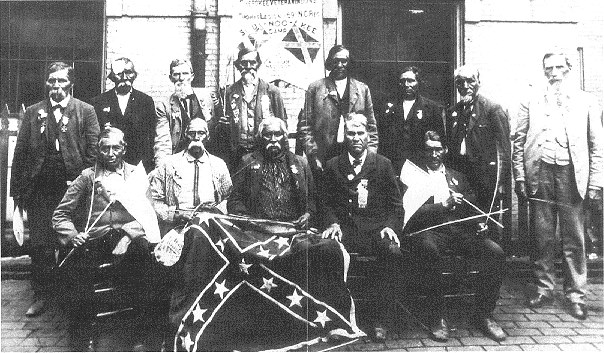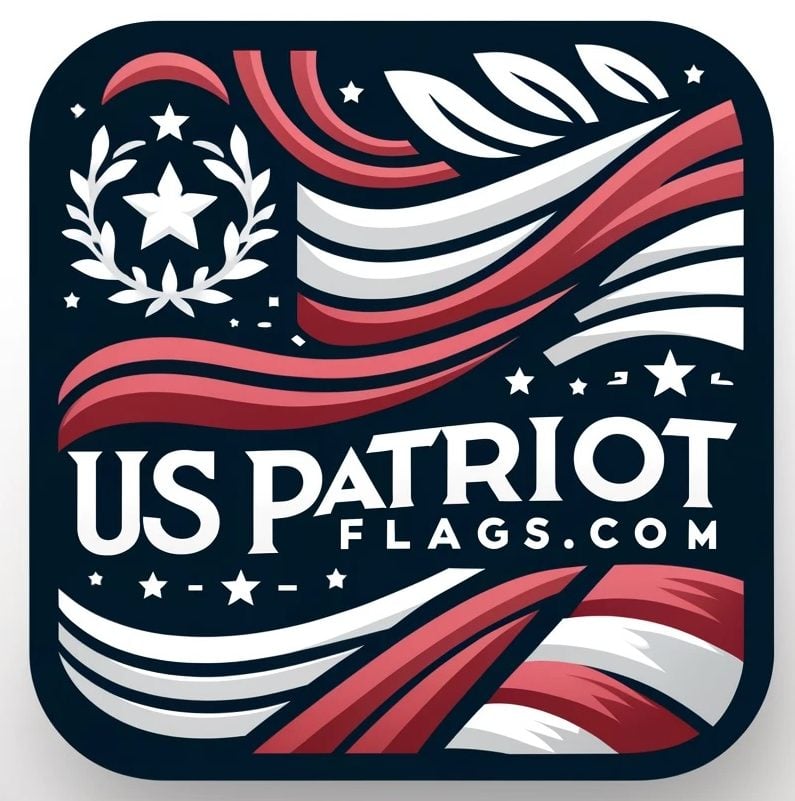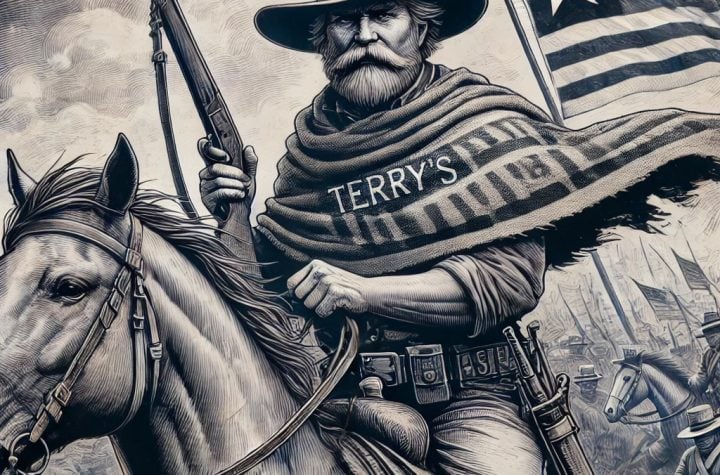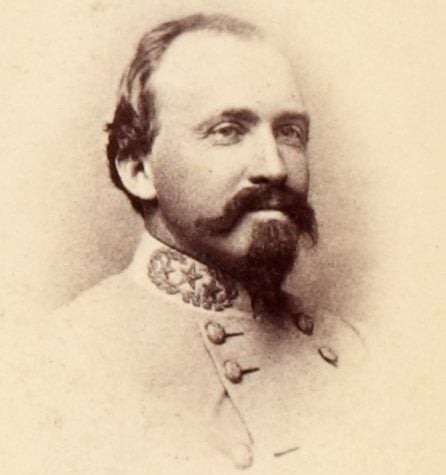
When we hear “Color Guard” today, we think of ceremonies, not battle. True, a color guard is today responsible for a unit’s colors, their flag. They care for it and ensure its proper display. In that sense the word “guard” still applies. But in the Civil War, guarding the flag meant a lot more. These flags were a vital tool in directing soldiers on the battlefield.
Flags also served as a means of inspiring morale, and intimidating the enemy. These are the words of some of the Billy Yanks that faced the men under the Southern Cross of the Confederacy:
“…their battle flags looked redder and bloodier in the strong July sun than I had ever seen before…”
“No such sight in all the history of battles had ever been seen. On they came regardless of the carnage among them, nearer and nearer until horse and rider, officer and private, standards and banners waving in the lead were plainly seen.”
A color guard was an elite unit. Led by a color sergeant, it consisted of up to a dozen soldiers. Great courage was necessary to carry the flag: everyone knew that the enemy would be aiming for him. And as the flag was typically at the front of his unit, its bearer was very exposed. The flag “drew lead like a magnet.” Private Mockbee of the 14th Tennessee Regiment was carrying the flag at Gettysburg:
“…the waving battle flags seemed to be the special mark as soon as we came in range of the small arms.”

John Strikeleather of the 4th North Carolina Regiment said this about the nature of the men chosen to bear the colors: “I doubt if there was a nobler hero in the war, North or South.” At the Battle of Seven Pines Strikeleather volunteered to carry the colors. This is the same battle in which all 25 officers of his regiment were lost, and South Carolina’s Palmetto Sharpshooters lost 10 of 11 members of its color guard. At one point the flag passed through four hands without touching the ground.
Why would men take the great risk of carrying the “damned red flags of the rebellion?” No matter its condition, a battle flag represented the ideals of the men who followed it into the fire and hell of combat. Memories of struggle, loss, and glory were sealed into the very fabric of a unit’s flag. Every soldier knew his honor was embodied in the flag, and knew the sacrifices made by the color guard. A story about the Battle of Antietam demonstrates this. Hood’s Texas Brigade was in that bloody fight, and his 1st Texas Regiment fought in the now famous Cornfield. Private Berry of the 4th Texas Regiment was captured at Antietam, but later described something:
“I saw coming up the road from the battlefield some colours…. the Major asked the Yankee with the colours where they got them. He said in the cornfield….. I knew the colours. I told him they belonged to the 1st Texas Regiment…. He said there were 13 dead men lying on or around it when he found it. I asked him to hand it to me a moment, which he did. I took it in my hand, kissed it, and handed it back to him, tears blinding my eyes.”

Such was the passion felt for the fiery red cross of the Confederate Battle Flag and the men who defended it in battle. Randolph Harrison McKim, a Confederate who fought for nearly four years, wrote these words many years after the war:
“We must forevermore consecrate in our hearts our old battle flag of the Southern Cross –not now as a political symbol, but as the consecrated emblem of an heroic epoch. The people that forgets its heroic dead is already dying at the heart and we believe we shall be truer and better citizens of the United States if we are true to our past.”




More Stories
General Dwight D. Eisenhower’s Reflection on Robert E. Lee
Sad Woke Charlottesville liberals Melt down infamous statue of Robert E Lee
NC Appeals Court rules for Town of Louisburg in removal of Confederate monument